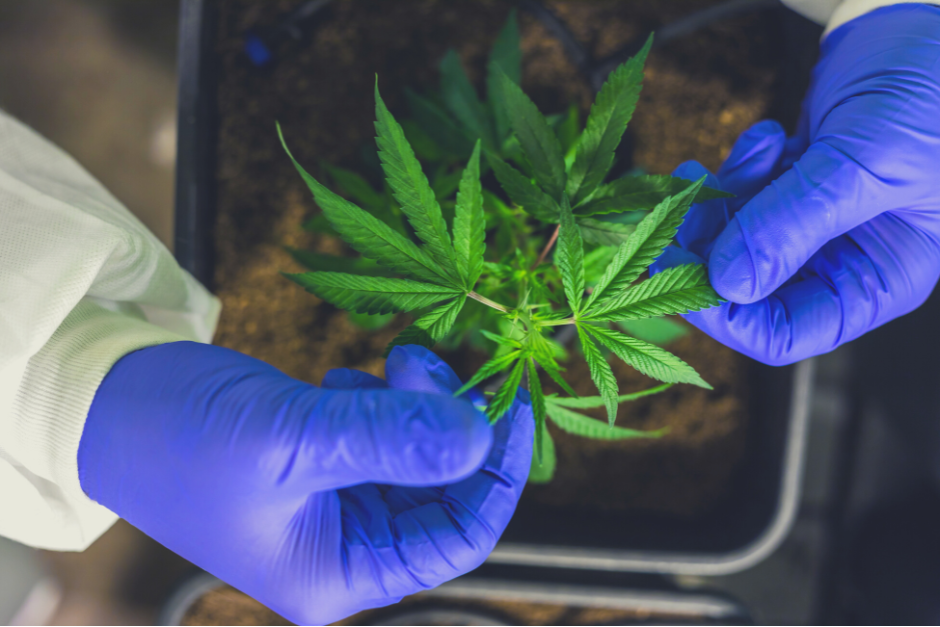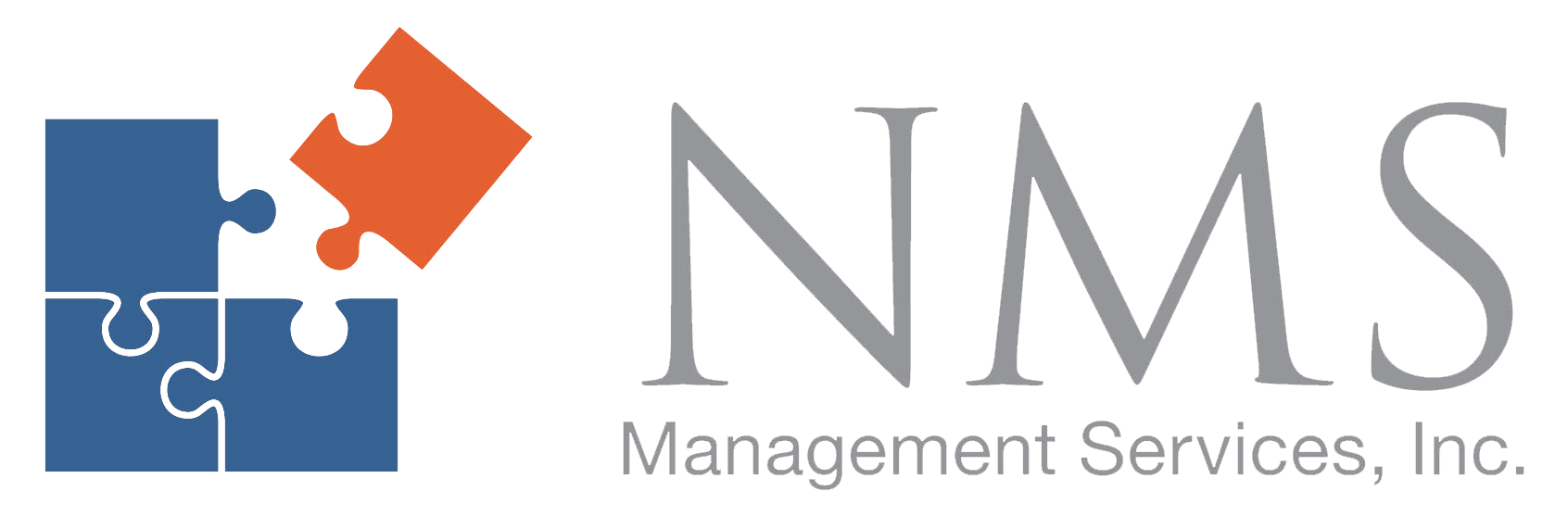
By Keith Ward, Vice President and General Manager of Employer Solutions at Quest Diagnostics.
A recently published peer-reviewed study generated headlines with the finding that cannabis users were 22% more likely to visit emergency rooms or be hospitalized for any cause than those who did not use marijuana. Another study found that more than 20% of individuals aged 18-34 years hospitalized for heart attacks also had cannabis use disorder. Still another report found that ER visits for cannabis-induced psychosis shot up 54% after California legalized the drug.
This research, while not proving causation, is just the latest in a growing body of evidence about the potential adverse effects of marijuana on health. At the same time, an increasing number of states have legalized marijuana, either in medicinal or recreational form — and polling indicates most Americans widely accept both forms of use.
Included in the debate around marijuana’s danger is its impact on the workforce. Faced with a tight labor market, employers may be hesitant to reject job candidates because of a positive drug screen for a substance embraced by most Americans. At the same time, businesses committed to employee health, safety and well-being (and grappling with increasing health insurance premiums) are forced to confront mounting evidence that marijuana is a potential danger to all three.
Business executives intent on developing the right workforce drug testing strategy are wise to consider this latest research when making decisions around their drug and alcohol policies:
- Scientific evidence of marijuana’s mental and physical health risks is growing. While marijuana may be regarded by many as a benign drug, the latest science suggests otherwise. Peer-reviewed research published in recent years shows marijuana’s potentially harmful effects on several facets of mental health. These include serious psychiatric disorders like increased risk of schizophrenia and anxiety and aggressiveness in children born to women who used marijuana during pregnancy, to less severe but still troubling issues, such as greater sleep disturbance. In addition, as many as 3 in 10 marijuana users have a marijuana use disorder, and other research indicates that marijuana use is linked to increased risk of atrial fibrillation and heart attack. To be certain, marijuana in medicinal form has been shown to provide some benefits for pain relief and even epilepsy. But the accumulating evidence could cast doubt on the notion that marijuana use is benign.
- Positivity in workforce marijuana drug tests is at record highs. According to the Quest Diagnostics Drug Testing Index, positivity rates for marijuana in the U.S. workforce increased by 8.3% in 2021 (to 3.9%), the highest positivity rate in 20 years. The rate of increase was most dramatic over the past five years, surging 50%. Other data suggests on-the-job marijuana use may be higher: nearly one in three professionals (29%) have used cannabis while working in the office or at home in the last three months, according to a 2022 survey of 2,514 professionals in the U.S. by the professional social network Blind.
- Marijuana may raise safety risks for the workforce, customers and the community. Marijuana can impair decision-making quality and even body movement in ways that could raise safety risks for the user, co-workers and others. Importantly, users often don’t realize that their judgment is impaired. A recent study found that marijuana users overestimated their ability to drive an automobile in a simulated test, falsely believing that they were able to drive safely, though their performance showed otherwise.
In fact, the Quest Diagnostics workforce drug testing data showed that nearly one in 10 (9.7%) post-accident drug tests was positive for a drug — underscoring the considerable role drug use plays in workforce accidents. The most troubling aspect of the Quest data was the finding that positivity for marijuana in 2021 was 63% higher in post-accident testing than pre-employment testing, suggesting some individuals who pass pre-employment screens use the drug post-hire. These findings align with those from a 2021 survey by the National Safety Council (NSC), which found that more than half of employers that eliminated marijuana testing reported seeing an increase in incidents or other workplace performance concerns.
The COVID-19 pandemic heightened concern over workplace safety and mental as well as physical health in the workplace. The result is that employees have heightened expectations for employers to maintain a safe workplace and support both mental well-being and physical health. Other research from Quest Diagnostics shows health-related benefits are top priorities for job seekers considering potential employers.
Employers can consider packaging workplace drug testing with employee health screenings. For instance, the model used in some employee health screening programs to identify cotinine, a metabolite of nicotine, could be used for other drugs. Individuals would learn of their results anonymously, without judgment, (or the employer’s knowledge) and, at the same time, be given access to educational materials and behavioral options through digital platforms to curb drug use. Administrators would have access to aggregate, de-identified data to understand what proportion of their population is at risk for using marijuana and other drugs, leading to better informed health and safety strategies.
While the United States is in the early days of understanding the long-term consequences of permissive marijuana use, history provides clues of what might come next. The fentanyl-fueled drug epidemic began decades ago with the ill-founded belief that prescription opioids are benign. While marijuana is unlikely to manifest such catastrophic consequences for individuals and communities, it is too early to know for sure. Employers are wise to err on the side of caution.
This article was originally published by ebn (Employee Benefits News).

